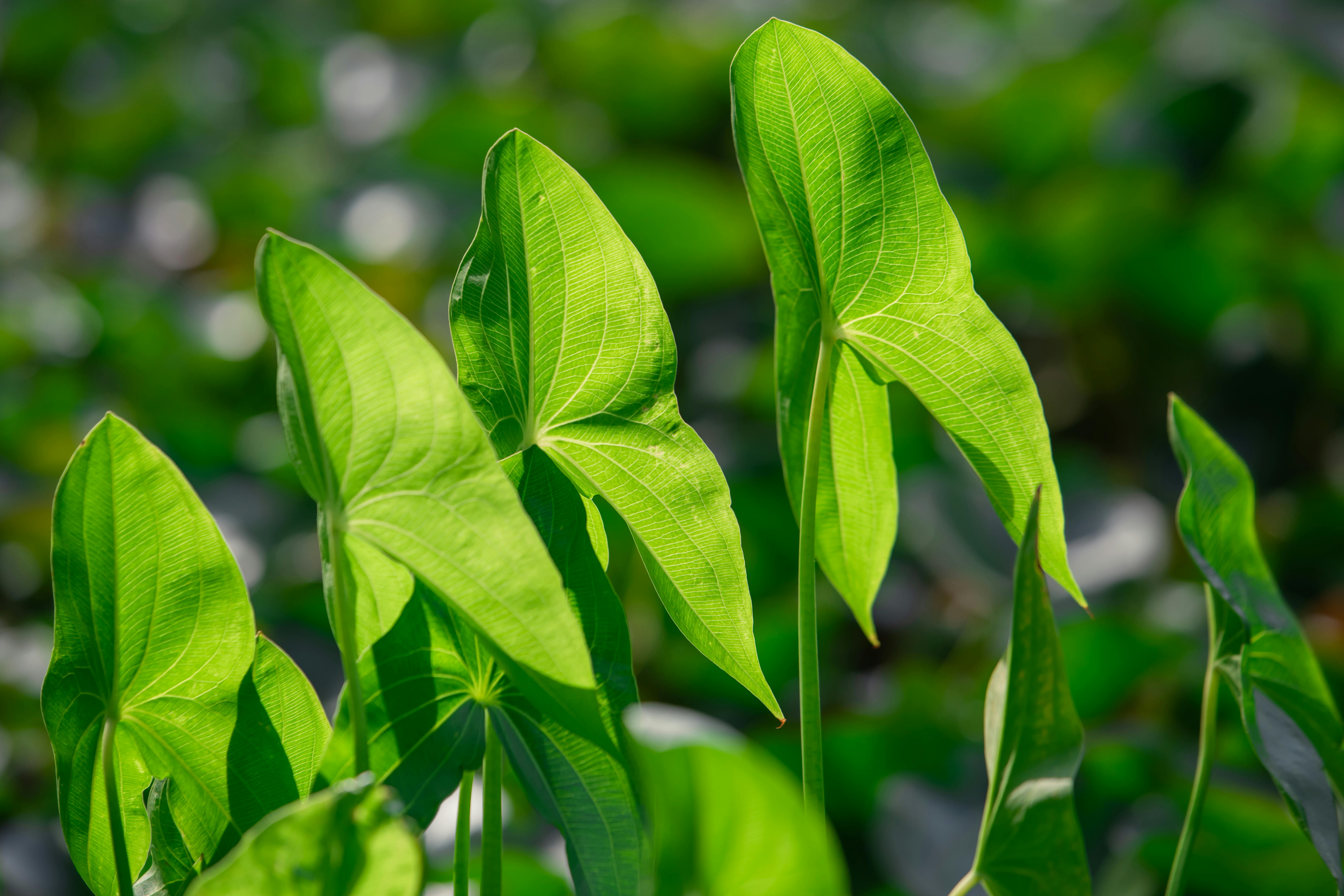Syngonium Podophyllum: A Complete Guide
Introduction
Syngonium podophyllum, commonly known as the arrowhead plant, arrowhead vine, arrowhead philodendron, goosefoot, nephthytis, African evergreen, and American evergreen, is a popular houseplant known for its lush foliage and easy-care nature. Native to Latin America, it has also naturalized in parts of the United States, including Florida, Texas, and Hawaii.
Etymology
The name Syngonium podophyllum refers to the foot-like shape of its leaves. Initially, it was mistakenly classified under the African genus Nephthytis, which remains a commonly used name for the plant. It was officially placed in its own genus in 1879.
Description
This climbing aroid can grow several meters tall in its natural habitat by attaching to the trunks of trees with aerial roots. When cultivated indoors, it typically reaches a height of 1.5 meters (4.9 feet). The leaves are usually arrow-shaped, up to 30 cm (12 in) long, and vary in color from dark green in the wild to various variegated cultivars with white, pink, or yellow markings.
Flowers are small, greenish to whitish, emerging on spadices enclosed in pale yellow to green spathes. However, indoor-grown plants rarely bloom unless they are mature and well-maintained.
Cultivation & Care
Light & Temperature
-
Prefers bright, indirect light for variegated varieties; green-leaved varieties tolerate lower light conditions.
-
Thrives in temperatures between 18–38°C (64–100°F), with a minimum winter temperature of 0°C (32°F).
Watering & Humidity
-
Requires consistently moist but well-draining soil.
-
Water 2-3 times a week in summer; reduce watering in winter.
-
Prefers high humidity; mist leaves daily or place the pot on a pebble tray with water.
Soil & Fertilization
-
Grows best in humus-rich, well-aerated soil.
-
Feed with diluted liquid fertilizer every few weeks during the growing season.
Growth & Maintenance
-
Can be trained to climb or left as a trailing plant.
-
Pruning promotes bushy growth.
-
Older plants may become less attractive over time, so occasional cutting and repotting are beneficial.
Propagation
Syngonium podophyllum can be propagated through stem cuttings:
-
Water Propagation: Cut a stem with at least one node and submerge it in water, changing the water weekly.
-
Soil Propagation: Plant cuttings directly into moist potting mix and keep in a warm environment at around 18°C (64°F).
Toxicity
All parts of Syngonium podophyllum are toxic if ingested, causing severe mouth pain due to oxalic acid. The sap can cause skin irritation and eye damage, making it important to handle with care and keep out of reach of pets and children.
Varieties
There are two recognized varieties in the wild:
-
Syngonium podophyllum var. peliocladum – Native to Costa Rica and Panama.
-
Syngonium podophyllum var. podophyllum – Found from Mexico to Bolivia, also naturalized in the West Indies, Florida, Texas, and other locations.
Conclusion
Syngonium podophyllum is an excellent choice for houseplant enthusiasts due to its adaptability and attractive foliage. Whether grown in soil, water, or hydroculture, this low-maintenance plant can thrive with proper care. However, due to its toxic nature, precautions should be taken to ensure safety, especially in households with pets and children.




Comments : 0